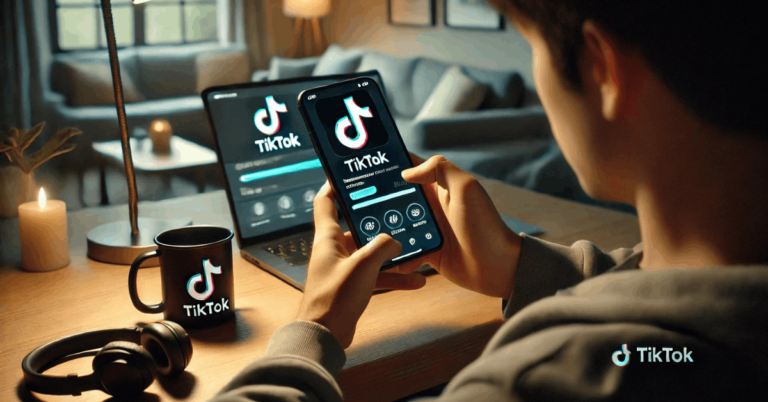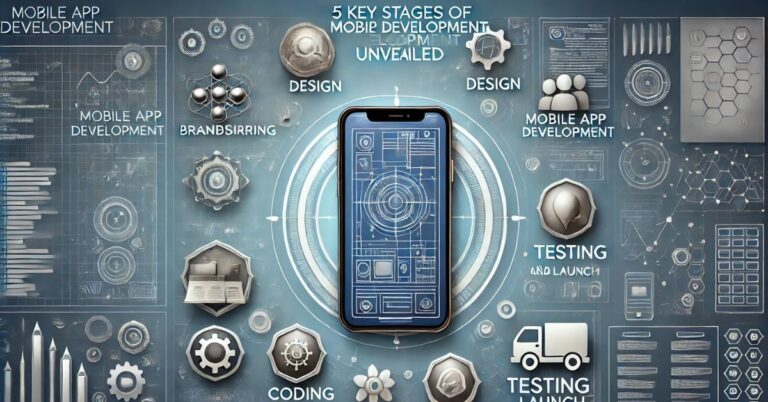Educational apps are revolutionizing learning by making it more accessible, personalized, and engaging than ever before.
These apps become essential tools in formal and informal learning environments as technology evolves.
This article explores the top three game-changing benefits of educational apps that are transforming the future of education.
Context and Background
Educational technology started with blackboards and projectors, evolving to include computers and software by the late 20th century.
The internet revolutionized access to information, leading to the rise of online courses and digital learning platforms.
Today, educational apps are at the forefront, offering personalized, interactive learning experiences.
How Educational Apps Meet the Diverse Needs of Learners in Various Regions
Educational apps are designed to meet the diverse needs of learners across various regions by addressing specific challenges and offering tailored solutions.
Here’s how they do it:
- Localized Content: Offers region-specific learning materials relevant to local cultures and contexts.
- Language Support: Provides multilingual options to cater to non-native speakers.
- Offline Access: Enables learning in areas with limited or no internet connectivity.
- Physical Education Apps: Promotes health and fitness education where physical resources may be lacking.
- Customizable Learning Paths: Adapts to individual learning styles and paces for personalized education.
- Online Classes and Virtual Learning: Facilitates remote learning for students unable to attend traditional schools.
- Management Software: Helps schools and educators manage resources and administrative tasks efficiently.
- Apps for Teachers: Assists educators with lesson planning, grading, and student feedback.
- Inclusive Features: Supports special needs students, ensuring inclusive education.
- Interactive and Engaging Content: Uses multimedia and gamification to engage learners effectively.
Benefit 1: Accessibility
Accessibility is one of the most significant benefits of educational apps, making learning available to a broader audience.
Here’s how educational apps enhance accessibility:
- 24/7 Availability: Learning materials are accessible anytime, allowing students to study conveniently.
- Remote Learning: Provides access to education for students in remote or underserved areas, breaking geographical barriers.
- Cross-Platform Access: Apps are available on various devices—smartphones, tablets, and computers—making them accessible to a broader range of users.
- Offline Functionality: Many apps offer offline access, enabling learning without a continuous internet connection.
- Accessibility Features: Includes tools like text-to-speech, adjustable text size, and voice recognition to support learners with disabilities.
- Cost-Effective Learning: This type offers affordable or free educational resources, making quality education accessible to those with limited financial resources.
- Multilingual Support: Provides content in multiple languages, catering to non-native speakers and multilingual regions.
- Customized Learning Environments: Allows students to create their ideal learning environment, free from the constraints of traditional classrooms.
Educational Apps Excelling in Accessibility
These educational apps are recognized for their commitment to making learning accessible to a broad audience, regardless of location or ability. Here are five examples:
- Moodle: An open-source platform with offline access, widely used in remote areas to make education available to all.
- Byju’s: An Indian app offering comprehensive content across subjects, with offline mode for students in low-connectivity areas.
- Udemy: Provides a wide range of courses with offline viewing, making learning accessible anytime, anywhere.
- Google Classroom: This tool supports remote learning with tools accessible on various devices, aiding students and teachers in different regions.
- edX: Offers university courses with offline capabilities, ensuring access to education without internet dependency.
Benefit 2: Personalized Learning Experience
Personalized learning experiences are a cornerstone of educational apps, allowing students to learn at their own pace and according to their needs.
Here’s how educational apps deliver personalized learning:
- Adaptive Learning Algorithms: Apps use AI to adjust the difficulty and pace of lessons based on individual performance.
- Customizable Learning Paths: Students can choose topics and modules that align with their interests and goals.
- Progress Tracking: Apps provide detailed insights into student progress, allowing for targeted interventions and adjustments.
- Tailored Feedback: Instant, personalized feedback helps students understand mistakes and improve faster.
- Learning Style Adaptation: Apps offer various formats—videos, quizzes, reading material—catering to different learning preferences.
- Goal Setting and Achievement: Students can set personal learning goals and track their achievements within the app.
- Time Management Tools: Features like study schedules and reminders help students manage their time effectively.
- Support for Different Learning Speeds: Whether a student is a fast learner or needs more time, apps adjust their speed to optimize understanding.
Examples of Popular Apps Offering Personalized Content and Assessments
Many educational apps are renowned for offering personalized content and assessments tailored to each learner’s needs.
Here are some of the most popular ones:
- Khan Academy: Provides personalized learning dashboards and adaptive exercises tailored to student progress.
- Duolingo: Customizes language lessons based on user performance and learning speed.
- Coursera: Recommends courses and learning paths based on user interests and previous coursework.
- Quizlet: Adapts flashcard sets and quizzes to focus on areas where students need improvement.
- Brilliant: Customizes problem-solving exercises to match the user’s proficiency in math and science.
Benefit 3: Enhanced Student Engagement
Enhanced student engagement is a crucial benefit of educational apps, keeping learners motivated and involved. Here’s how these apps boost engagement:
- Interactive Content: Apps use videos, quizzes, and simulations to make learning more dynamic and interactive.
- Gamification: Features like badges, leaderboards, and rewards make learning fun and competitive, encouraging students to stay engaged.
- Personalized Feedback: Instant feedback helps students track their progress and stay motivated to improve.
- Social Learning: Apps often include social features that allow students to collaborate, discuss, and learn from peers, increasing engagement.
- Progress Tracking: Visual progress trackers and milestones keep students focused on their goals and motivated to continue learning.
Educational Apps for Enhanced Student Engagement
These educational apps are designed to keep students actively involved in learning through interactive and engaging features. Here are five examples:
- Kahoot!: Uses game-based learning with quizzes and challenges to make learning competitive and fun.
- ClassDojo: Encourages student participation and engagement through reward systems and classroom interaction tools.
- Nearpod: Offers interactive lessons with polls, quizzes, and collaborative activities that keep students engaged.
- Flipgrid: Students can create and share discussion videos, promoting interactive and creative learning.
- Seesaw: Engages students by allowing them to document and share their learning progress with multimedia tools.
Wrapping Up: Unlock the Transformative Benefits of Educational Apps
Educational apps have revolutionized learning by enhancing accessibility, providing personalized experiences, and boosting student engagement.
These benefits make them powerful tools for students and educators in today’s digital age.
Embrace the potential of educational apps to transform your learning journey or teaching approach, and start exploring their advantages today.





